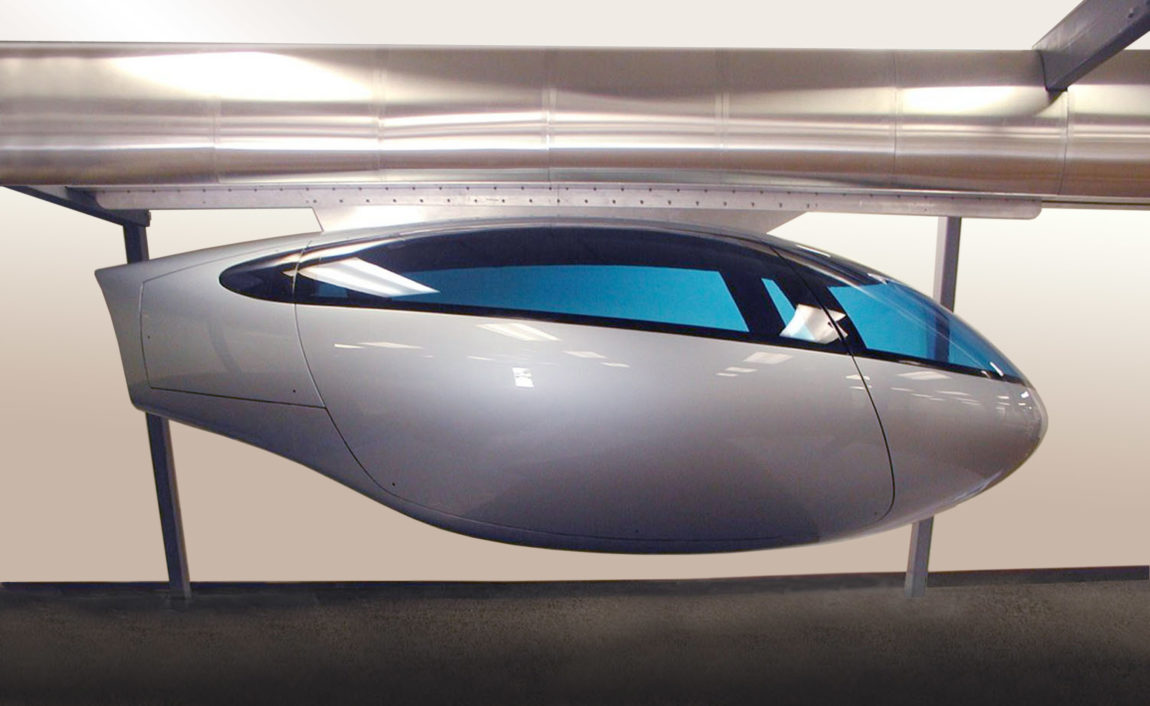SkyTran: Revolutionizing Personal Rapid Transit
Key Takeaways:
- SkyTran is an innovative personal rapid transit system developed by Unimodal Inc., featuring magnetic levitation technology.
- The system aims to provide a high-speed, efficient, and eco-friendly transportation alternative.
- Key developments include partnerships with NASA, implementation plans in various countries, and significant investments by major corporations like Reliance Industries.
- SkyTran’s technology promises to transform urban transportation by offering a safer, faster, and more energy-efficient travel method.
SkyTran, a groundbreaking personal rapid transit system concept, stands at the forefront of transportation technology. Developed by Unimodal Inc., it represents a leap forward in rapid transit solutions, emphasizing speed, efficiency, and environmental sustainability. This article delves into the intricacies of SkyTran, exploring its technological advancements, historical development, and future potential in reshaping urban mobility.
Innovative Technology and Design
SkyTran’s system is anchored in its use of magnetic levitation (maglev) technology. Unlike traditional transit systems, SkyTran vehicles levitate above tracks using a passive maglev system, which requires no external power for levitation. This innovation not only reduces maintenance needs but also allows for efficient high-speed travel.
Guideway and Vehicle Design
The heart of SkyTran’s design lies in its guideway – a lightweight structure that securely encloses the maglev coils. It supports the vehicles, which are designed to travel at elevated heights, typically 20 to 30 feet above the ground. The vehicles are compact and streamlined, ensuring high-speed travel with minimal energy expenditure.
Historical Milestones and Development
SkyTran’s journey began in 1990 when inventor Douglas Malewicki first proposed the concept. Over the years, significant milestones have shaped its evolution:
- 1990-1992: Malewicki files the initial patent and further refines the concept.
- 2009: A pivotal partnership with NASA under a Space Act Agreement accelerates development.
- 2014-2019: SkyTran expands its global footprint with pilot projects and agreements in Israel, the United Arab Emirates, and India.
Global Expansion and Strategic Partnerships
SkyTran’s vision extends beyond the United States, with proposed projects in France, Germany, India, Indonesia, Malaysia, the United Kingdom, and the United States. Notably, in 2018, Indian conglomerate Reliance Industries invested in SkyTran, marking a significant step towards implementing this technology in India.
Future Prospects and Impact
SkyTran’s potential to revolutionize urban transportation is immense. By offering a high-speed, eco-friendly, and efficient alternative to conventional transport, it addresses many challenges of modern city living – from traffic congestion to pollution. As cities worldwide seek sustainable transportation solutions, SkyTran stands poised to be a key player in this transformative era.
Conclusion
SkyTran, with its innovative design and strategic partnerships, is well-positioned to lead the next generation of urban transit systems. Its commitment to speed, safety, and sustainability makes it a beacon of modern transportation solutions, promising a brighter, more efficient future for city travel.





